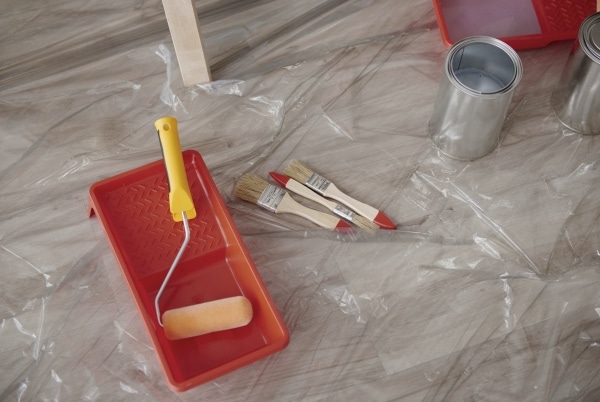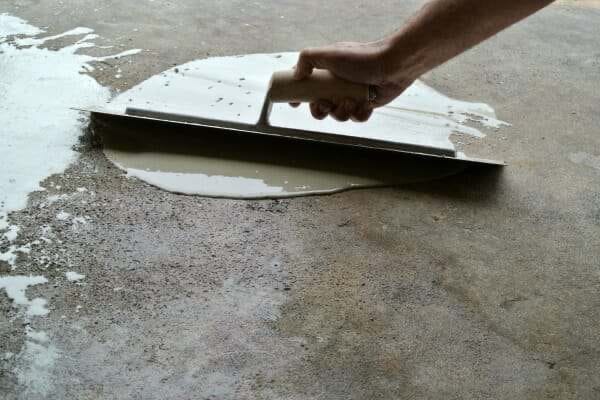Best Options For Garage Flooring
Every garage needs the right flooring because breaks or damages can call for trouble, especially when using your garage daily. The garage is the best place for flooring because it needs to be as comfortable and attractive as your house. Paying little attention to it can perhaps cause faults in the choices that you make. In addition, leaks, breaks, and damages can be frequent if you do not construct the base well. Here we provide you with the essential guide on the best options for your garage floor, which are feasible and are pocket-friendly.
What Are The Types Of Floorings Available?
Coatings include paints and epoxy, which are applied as thin coats over concrete flooring and adhere to it tightly. Since it does not use tiling, you can easily park heavy four-wheelers in these garages. They are also ideal for a garage business that has too much vehicular traffic. Coverings are solid materials that adhere to the concrete bases and can be tiles and mats. These are easily movable and form solid surfaces that give support to the concrete below. In addition, these are moisture-free, flexible, and can sustain high vehicular traffic.
Epoxy Floors

You can apply this with paintbrushes and rollers and are usually semantic to paints but differ in chemical composition. Epoxy contains two essential components, epoxy resin and a catalyst called polyamine hardener. It includes a reaction that cross-links the resin and the hardener creating floorings that are adhesive and strong coatings. An advantage of epoxy coats is that they are durable and chemical resistant. Many choose them for their properties of quick and easy dry, robust surface, and protection from metals. They can be used to cover concrete floors and are available in decorative styles and colors with a highly glossy look.
Painted Floors

Paint can be for hardwood floors as well as concrete. Paint is the best substance to make your garage look cleaner, and it is an inexpensive way of flooring. Paints are extra protective in terms of mildew, molds, and automobile fluids. Being water-resistant, you can easily wash out the spill and will not need to worry about the paint vanishing. One can select between latex or oil-based paints as they provide a non-slip surface and are resistant to vehicular traffic. Sometimes, you can incorporate some paints into epoxy resins to make the surface sturdy and resistant to chemicals and metals.
Floor Tiles

Most garage owners opt for garage tiling because it’s the most durable and resistant type of all. A piece of advice is to select sturdy or rigid tiles because the light, glossy and fragile ones can cause damage. In addition, they support the vehicle by giving an extra height to the flooring and provide an even balanced level. Tiles can come in various styles and forms. These are mostly made from PVC or polypropylene plastic for their durability, resistance property and are inexpensive. Rubber tiles can be another option for those spending long hours in the garage. They are comfortable because of their roughly elastic surface. Snap-together tiles are other common examples of flooring that one usually sees in the form of puzzle cubes.
Flooring Carpets

Flooring mats are the easiest for a concrete floor. They are quick to replace, so if you don’t like the current one, move on to the next one. They do not require skilled workers for fittings and are time efficient. They can come in various designs, from being rugged to textured resembling yoga mats. Carpet materials are resistant to oil and gas. They provide a warm atmosphere, a softer feel and are great for insulation. Because most carpets are for indoor use, one needs to select rugs for outdoor use and are made with polypropylene fiber. You can also install roll-out vinyl floorings because, as the name suggests, rolling carpets made of vinyl are highly durable and resistible.
How To Take Care Of Damages And Repairs?

Use epoxy, polyurethane, and polyuria for crack repair because they harden the surfaces together and prevent invaginations of the cracks again. Avoid using latex-based concrete crack fillers because they do not accept paint and worsen the cracks over time. Chase the crack with a chisel and a hammer. Remove all the debris present in the crack and apply filling material such as cement to close the cracks airtight.
The Bottom Line!
It is always best to repair the cracks before changing the flooring because a base left untreated can lead to non-successful flooring. These were some easy methods one could employ for a quick renovation of the flooring. All these flooring choices are highly durable, resistant to oil, gas, and water spills.


